How to Calculate Mortgage Payments
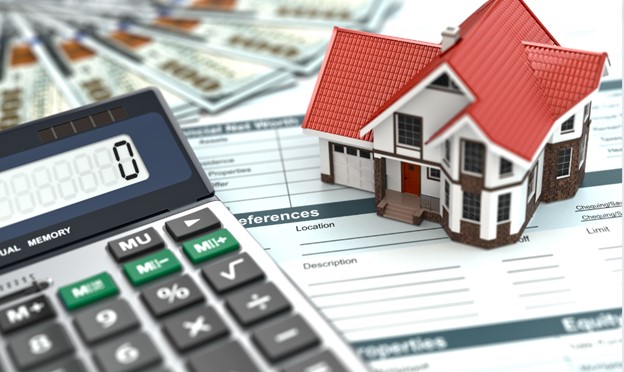 Calculating mortgage payments involves several variables, including the loan amount, the interest rate, and the loan term. Here are the steps to calculate mortgage payments:
Calculating mortgage payments involves several variables, including the loan amount, the interest rate, and the loan term. Here are the steps to calculate mortgage payments:
Determine the loan amount: This is the amount you will borrow to purchase the property. For example, if you plan to buy a house for $300,000 and you plan to put down a 20% down payment ($60,000), your loan amount will be $240,000.
Determine the interest rate: The interest rate is the cost of borrowing the money. It is expressed as a percentage. For example, if the interest rate is 4%, you will pay 4% of the loan amount in interest each year.
Determine the loan term: This is the length of time over which you will repay the loan. For example, if you have a 30-year mortgage, you will make 360 monthly payments (30 years x 12 months).
You can use the following formula to calculate your monthly mortgage payment:
M = P [ i(1 + i)^n ] / [ (1 + i)^n – 1]
Where:
M = monthly mortgage payment
P = loan amount
i = interest rate (monthly)
n = loan term (number of months)
Using this formula, you can calculate your monthly mortgage payment by plugging in the values for P, I, and N.
Alternatively, you can use a mortgage payment calculator to calculate your mortgage payment If you choose a mortgage calculator, you will need to know your income, expenses, and debts. This information will help you determine how much you can afford to borrow. You can find a mortgage calculator online or through a mortgage lender’s website. Make sure you use a reliable calculator. Once you have a mortgage calculator, enter your financial information into the calculator. This includes your income, expenses, debts, and the loan term. Use the calculator to adjust the variables such as the interest rate, down payment, and loan term to see how they affect your monthly payment and the total cost of the loan.
The mortgage calculator will provide you with an estimate of how much you can afford to borrow, what your monthly payment would be, and the total cost of the loan. Make sure the results fit within your budget and financial goals. If you’re ready to move forward with a mortgage, it’s a good idea to consult with a mortgage lender to discuss your options and get pre-approved for a loan. They can also provide you with more information on closing costs and other fees associated with the mortgage.

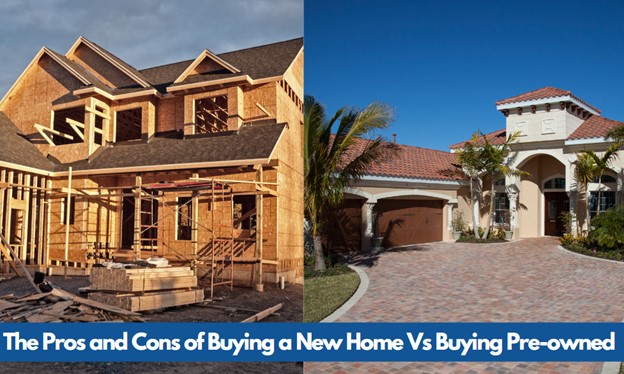 Buying a home is a significant investment, and one of the most important decisions to make when buying a home is whether to purchase a new or pre-owned property. Here are some pros and cons of each option:
Buying a home is a significant investment, and one of the most important decisions to make when buying a home is whether to purchase a new or pre-owned property. Here are some pros and cons of each option: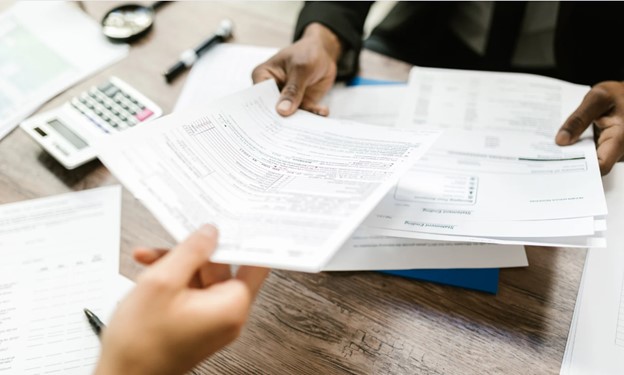 Buying a house can be an exciting but complex process that involves many legal requirements.
Buying a house can be an exciting but complex process that involves many legal requirements.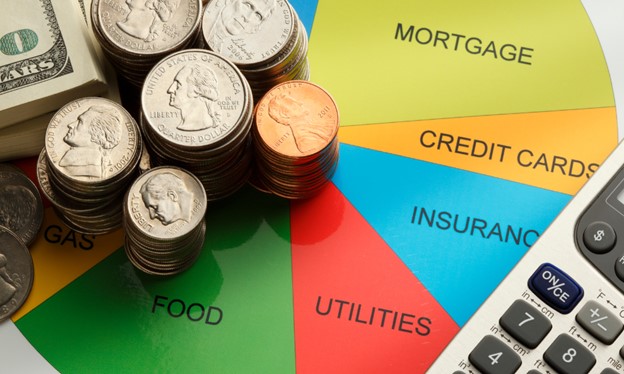 Creating a household budget can be a helpful way to track your spending and ensure you are meeting your financial goals. You will need to examine your fixed expenses that are the same each month, such as rent or car payments and your variable expenses that change each month, such as groceries or entertainment. Dealing with debt can be challenging but incorporating it into your budgeting strategy can help you regain control of your finances. Here are some steps you can take to effectively manage your debt while budgeting:
Creating a household budget can be a helpful way to track your spending and ensure you are meeting your financial goals. You will need to examine your fixed expenses that are the same each month, such as rent or car payments and your variable expenses that change each month, such as groceries or entertainment. Dealing with debt can be challenging but incorporating it into your budgeting strategy can help you regain control of your finances. Here are some steps you can take to effectively manage your debt while budgeting: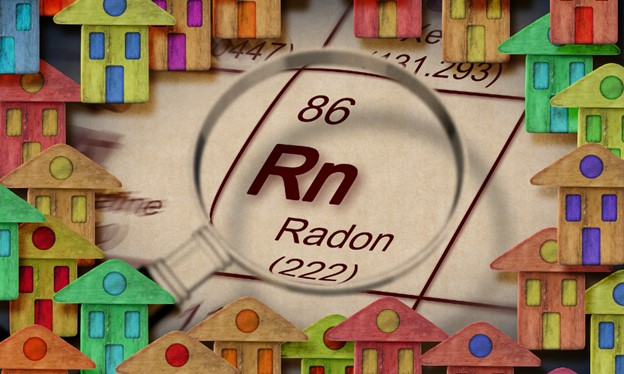 The most important reason to check for dangerous home issues is to ensure the safety of you and your family. Leaving home issues unchecked can cause significant damage to your property and if you’re planning to sell your home in the future, it’s important to ensure that it’s free of dangerous issues that could affect its value.
The most important reason to check for dangerous home issues is to ensure the safety of you and your family. Leaving home issues unchecked can cause significant damage to your property and if you’re planning to sell your home in the future, it’s important to ensure that it’s free of dangerous issues that could affect its value.